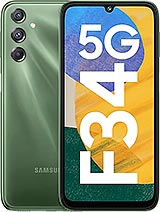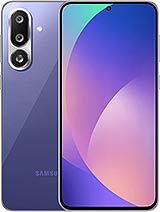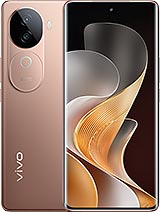Oppo K13 alternatives
Tap above to see alternatives.
Vivo V40e alternatives
Tap above to see alternatives.
1x2.3 GHz Cortex-A720s
3x2.2 GHz Cortex-A720s
4x1.8 GHz Cortex-A520s
8GB 256GB (UFS 3.1)
8GB 256GB (UFS 2.2)
f/1.9, 27mm (wide), 1/2.88", OmniVision OV50D40, PDAF
2 MP
f/2.4, (depth)
f/2.0, (wide), 1/1.95", 0.8µm, PDAF, OIS
8 MP
f/2.2, 116˚ (ultrawide)
1080p@30/60/120fps
1080p
f/2.5, 23mm (wide), 1/3.0", 1.0µm, Sony IMX840
f/2.0, (wide), 1/2.76", 0.64µm, AF
SIM1: Nano, SIM2: Nano
SIM1: Nano, SIM2: Nano
9 5G bands
n1, n3, n5, n8, n28, n40, n41, n77, n78
8 5G bands
n1, n3, n5, n8, n28, n40, n77, n78
In this performance comparison, the Oppo K13 with its Qualcomm Snapdragon 6 Gen 4 (4nm) performs better than the Vivo V40e with the Mediatek Dimensity 7300 (4nm), thanks to superior chipset efficiency.
Both phones launched with Android 15 and will get updates until Android 17. Both phones are expected to receive security updates until around 2028.
Both Oppo K13 and Vivo V40e feature AMOLED displays, offering vibrant colors and deeper blacks. Both smartphones offer the same 120 Hz refresh rate. Vivo V40e also boasts a brighter screen with 4500 nits of peak brightness, enhancing outdoor visibility. Both phones have the same screen resolution.
Oppo K13 comes with a larger 7000 mAh battery, which may offer longer usage on a single charge. Both devices support the same wired charging speed of 80W.
Oppo K13 offers better protection against water and dust with an IP65 rating.
¹ Scores can vary even with the same chipset due to RAM, thermals, and software optimization.












